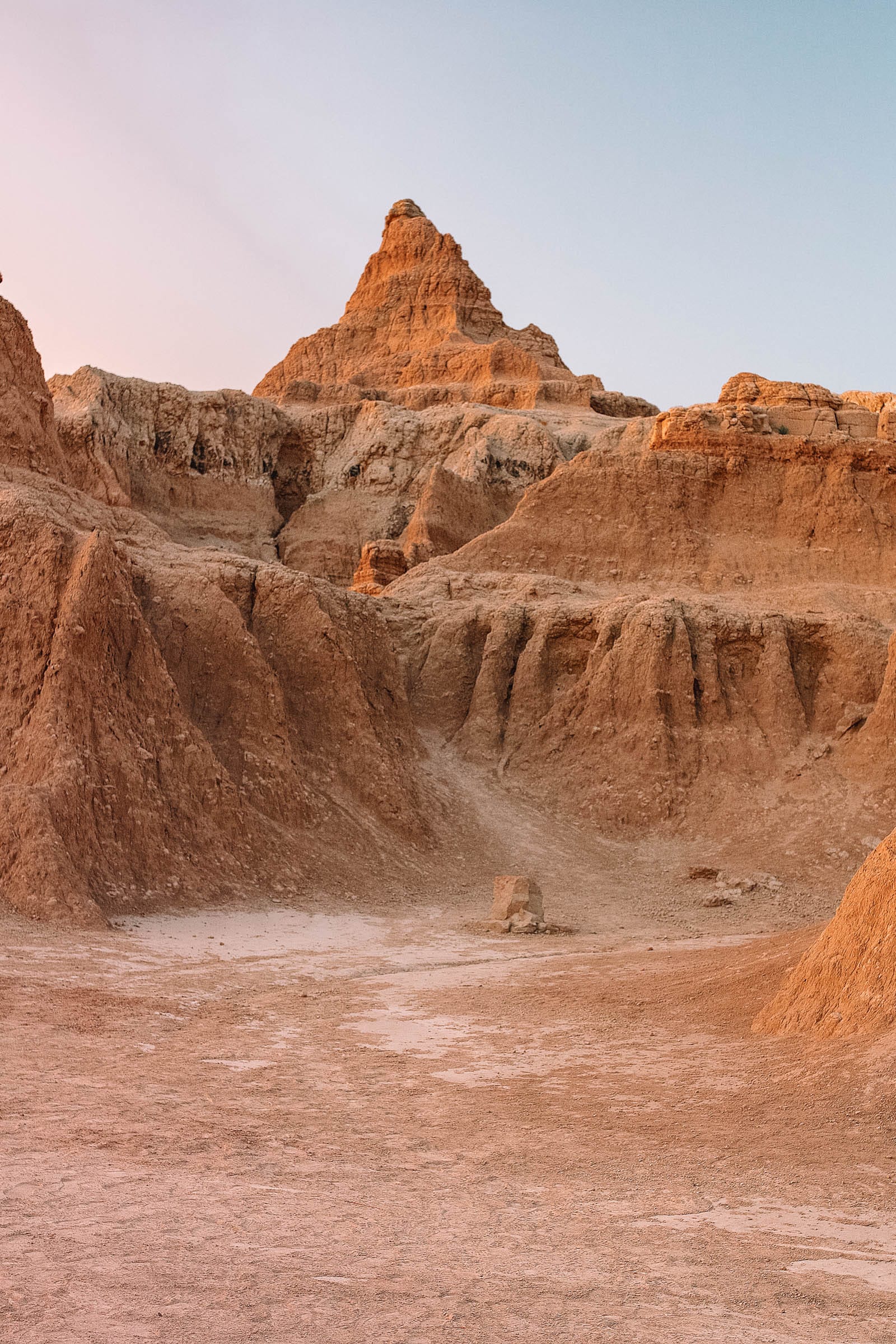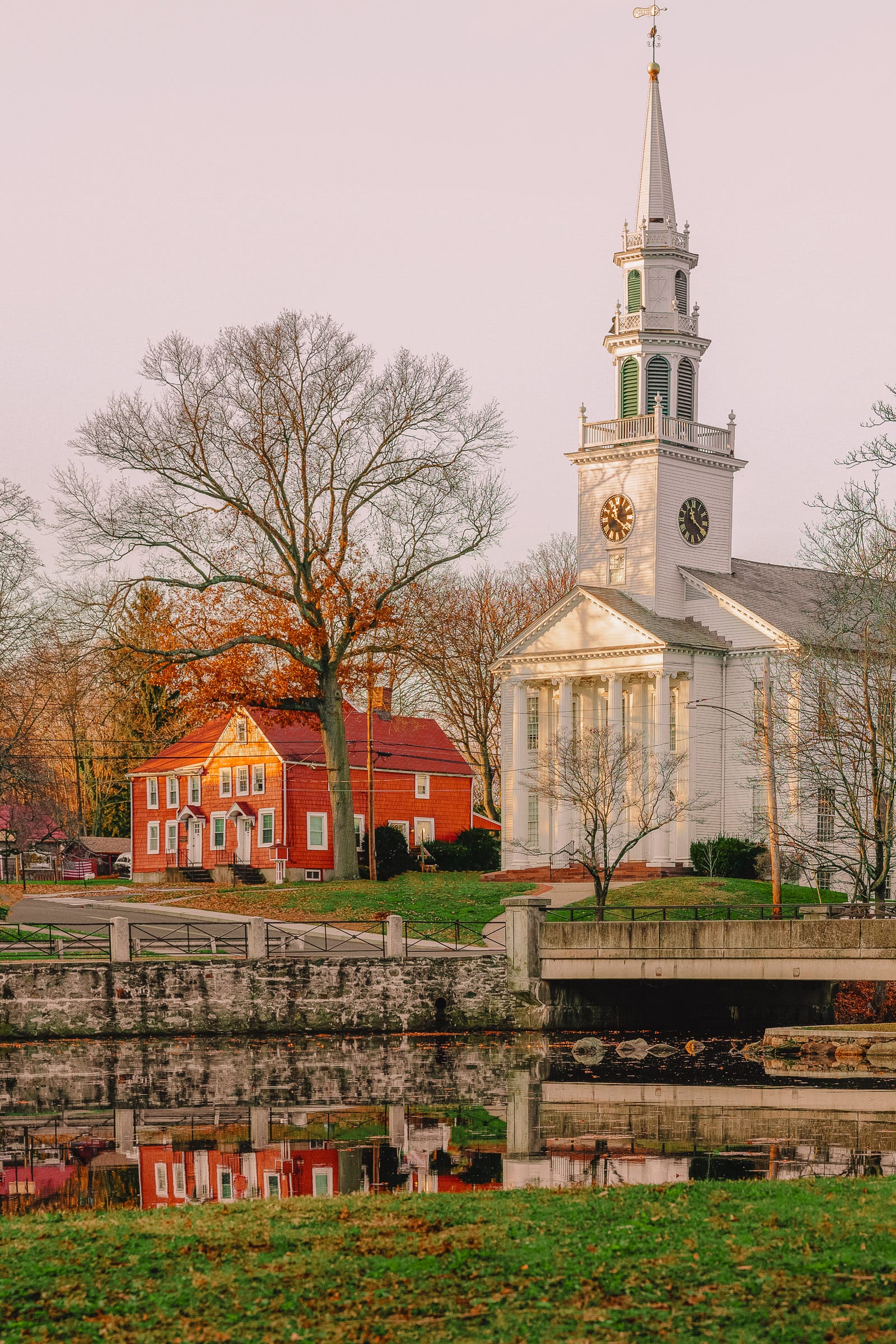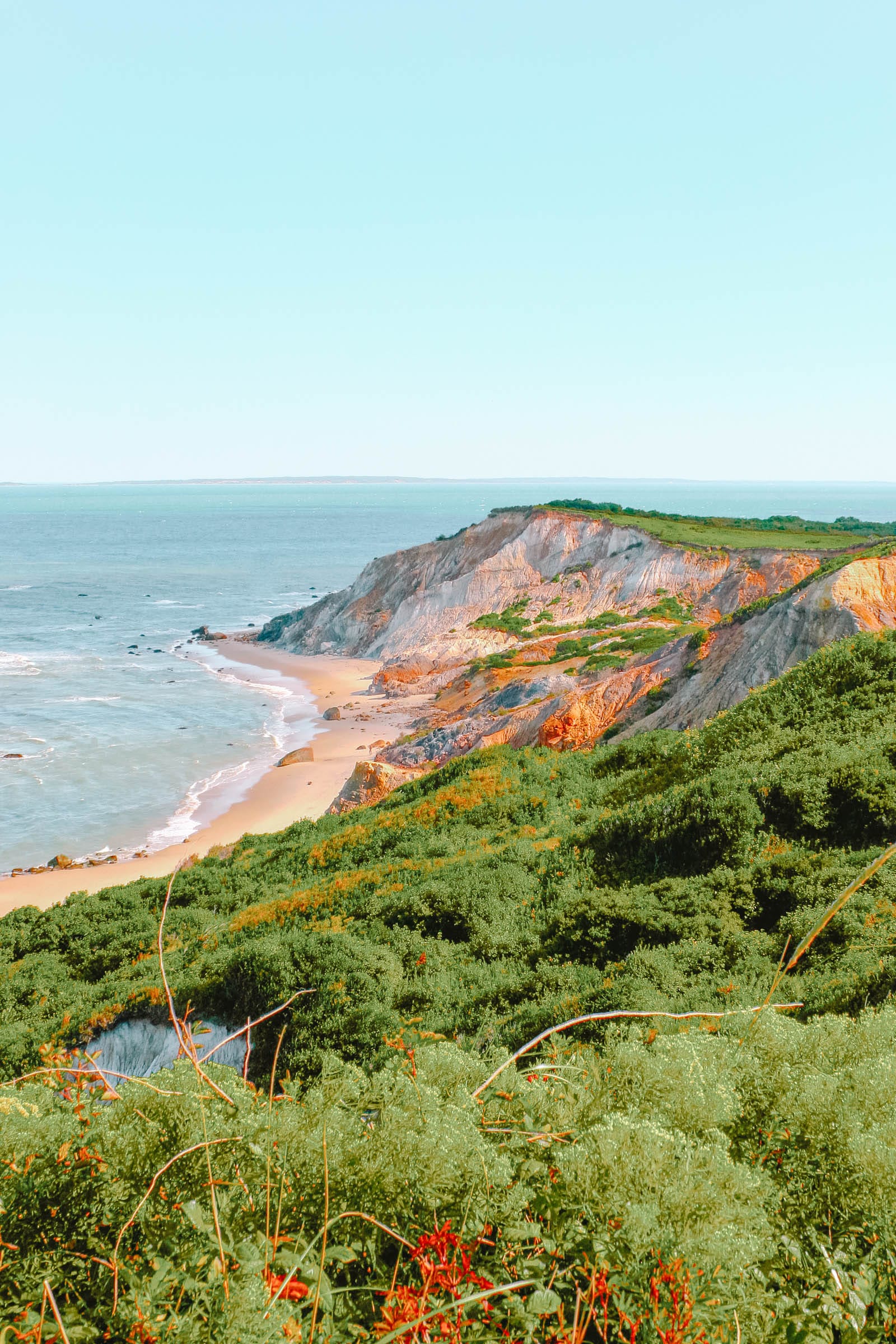Summary
The largest of all Caribbean islands, Cuba is a captivating nation situated south of Key West, Florida. This enchanting country frequently appears on numerous travel itineraries, and for good reason! The colonial towns of Cuba have remained largely unchanged over the years, yet their grandeur continues to impress, with charming facades embellished with occasional touches of opulence.
Visiting Cuba often provides an experience akin to stepping back in time, featuring majestic architecture and cobbled streets that narrate stories of times when pirates roamed the Caribbean.
Guagas, the local term for Cuban buses, are a popular means of transportation for traversing the interior of the island, while visitors may also opt for taxis or rental cars for a more comfortable and stylish journey.
For budget-conscious travelers or those in pursuit of adventure, hitchhiking presents an economical and potentially captivating method of navigating the island nation.
Interestingly, Cuba operates with two distinct currencies – the National Peso (26 pesos per dollar) and the Convertible Peso (1 to 1 per dollar).
While in Cuba, take the opportunity to spend an evening at the Malecón, indulge in some delectable street food, enjoy the lively ambiance of live Cuban jazz, and, while you are at it, pay tribute to Ernest Hemingway by visiting his residence (now a museum) at Finca Vigía.
Let us now delve into some of the finest beaches in Cuba – the true treasures of this nation, alongside its endless beauty.
1. Playa Paraiso

Playa Paraiso, also referred to as Paradise Beach, is a stunning, nearly untouched shoreline renowned for its immaculate white sandy beaches and crystal-clear turquoise waters.
Recognized as the third most beautiful beach in the world in 2016 by Traveler’s Choice, Playa Paraiso is noted for having some of the calmest waters within the island nation of Cuba.
While the majority of the excitement is found at Playa Sirena, a mere 20-minute walk from Playa Paraiso, the shoreline at Paradise Beach provides a serene environment and a perfect escape from the usual hustle and bustle of a typical Cuban beach town.
While you shouldn’t anticipate elaborate hospitality services here, you may enjoy a glass of fresh juice or a bottle of beer at the snack bar.
The accommodations are situated a distance from the tranquil beach waters, yet taxis, scooter and jeep rentals, and shuttle services are available for convenient travel between the hotel area and the beach.
2. Varadero Beach

As one of the most frequented beaches in Cuba, Varadero Beach is known for being the quintessential destination for a rejuvenating Cuban beach vacation. The approximately 25 km stretch of pristine, sandy shoreline extends along the entire peninsula.
A harmonious blend of blue and green waters creates a stunning boundary between the mainland and the Florida Straits. Furthermore, the slender width of the peninsula guarantees that the beach is never more than a few steps away.
Although Varadero may not embody a traditional Cuban setting due to the significant influx of tourists and an abundance of tourism-related activities, during July and August, the island welcomes an equal number of local tourists and foreign visitors.
With over thirty diving sites dotted around the peninsula, visitors may engage in other water-related activities such as sailing, snorkeling, fishing, or embarking on a glass-bottom boat excursion.
To take a break from aquatic pursuits, explore the numerous museums and art galleries, enjoy an evening at a cabaret, and forge connections at local bars and cafes.
3. Playa Los Flamencos

Known as Cayo Coco Beach, Playa Los Flamencos is especially recognized for its luxurious all-inclusive resorts. Situated in central Cuba, it is part of the Jardines del Rey archipelago.
Named after the coco (white ibis) birds, the island features a 22 km long expanse of white sandy beach and azure waters, which are the embodiment of every beach enthusiast’s fantasy. To discover the best beaches of the island, one must head to the northern coastline where the most impressive resorts are also located.
Cayo Coco is connected to Cayo Guillermo to the west and Cayo Romano to the east.
The island is equipped with its own international airport – the Jardines del Rey airport. The former Cayo Coco airport has since been transformed into a natural park.
The 3 km stretch of fine sand, along with starfish-filled clear waters, provides a suitable option for snorkeling.
4. Playa Pilar

Cayo Guillermo, or Playa Pilar, is a tranquil island located to the west of Cayo Coco, providing a peaceful beach alternative for those seeking relaxation, fishing, and diving opportunities.
The island is particularly distinguished for its population of 12,000 flamingos, which gather here to feed, creating a mesmerizing sight that many visitors seek. The waters of Playa Pilar are rich in marine life, including species such as marlin, making it an ideal destination for deep-sea fishing enthusiasts.
Although the cay is considerably smaller than its counterparts, the deserted stretch of 4 km beach lends it a sense of endlessness.
While the majority of the island’s beaches remain unspoiled, several hotels are concentrated around Playa El Medio and Playa El Paso.
Consider obtaining a day pass to access any of the all-inclusive resorts while you unwind here.
5. Cayo Las Brujas

Situated closest to the mainland, Cayo Las Brujas boasts the only marina in the region and features the most economical hotels and beach, making it accessible and budget-friendly.
Upon arriving at the causeway, taking the first left leads to the marina by way of the Villas Las Brujas hotel, where only guests and holders of day passes are permitted access to the beach, granted they present their passports. Others may take the second left and reach the eastern end of the same beach, though the area adjacent to the hotel is considered slightly superior.
The island, measuring only 7 square kilometers, along with its two neighboring cays, Cayo Ensenachos and Cayo Santa Maria, collectively form a delightful resort destination commonly referred to as Los Cayos de Villa Clara.
Cayo Las Brujas is celebrated for its breathtaking beaches, consisting of fine white sands and clear turquoise waters, which establish it as a world-class fishing locale.
6. Cayo Santa Maria

Housing a dolphinarium, two cays – Cayo Las Brujas and Cayo Ensenachos, along with a collection of beaches, Cayo Santa Maria features a stunning 15 km stretch of gleaming white sand and clear waters.
Part of the larger Jardines del Rey archipelago, Cayo Santa Maria includes one of the most pristine beaches among the northern cays known as Playa Perla Blanca.
Although reaching Playa Perla Blanca requires some effort, the beauty of this extraordinary beach is accessible for all to appreciate and revel in the splendor around you while relaxing on its smooth sands.
Fidel Castro, the former prime minister of Cuba, was reported to have claimed Cayo Santa Maria surpassed Varadero Beach.
7. Cayo Sabinal

Characterized by its deserted white sandy beaches, Cayo Sabinal, located 25 kilometers west of Santa Lucia, is distinct from typical Cuban beach towns. The ambiance here is so peaceful and ethereal that it feels almost otherworldly.
Accessible only via a rugged dirt path stretching over 7 km, Cayo Sabinal has largely evaded commercialization, preserving its unspoiled beauty and virginity – a trait that few beaches around Cuba can claim.
All beaches on Cayo Sabinal lie to the north of the island and are clearly marked by signposts visible when approaching the beach area on the main road.
Playa Los Pinos is the longest beach on the cay, distinguished by its clear turquoise waters as well as the presence of wild horses and deer that roam the adjacent woodlands.
8. Cayo Largo

Cayo Largo del Sur, commonly known as Cayo Largo or the ‘Long Cay’, embodies the essence of a deserted paradise reminiscent of Robinson Crusoe’s island. Largely undeveloped and entirely natural, Cayo Largo remains distant from commercialization and mass tourism.
One of the select locations in Cuba featuring gay-friendly, naturist-friendly, and clothing-optional (to a certain extent) beaches, Cayo Largo fosters a relaxed and welcoming atmosphere for all visitors.
Scuba diving ranks among the popular activities pursued by guests, alongside deep-sea fishing, boat excursions, dolphin encounters, and sunset cruises.
Although the island does not experience the same influx of visitors as other, more commercialized islands, recent surveys indicate that 75% of its visitors are return guests.
9. Playa Ancon

Often celebrated as the preeminent beach in southern Cuba, Playa Ancon stands as the largest and longest stretch of sand in the area, featuring clear turquoise waters that embrace glittering golden sands.
While the beach may be the primary draw in this region, Playa Ancon has endeavored to retain its natural beauty as best as possible. Verdant trees and shrubs line the shoreline, enhancing the overall aesthetic of the exquisite reefs found here.
Diving amidst the reefs is particularly popular, while Cuba’s colonial jewel, Trinidad, is a short distance away. Fishing excursions, such as big game trolling, deep-sea fishing, and bottom fishing, are also common in this locale.
Snorkeling trips to Cayo Blanco are among the most sought-after excursions among tourists visiting the area.
10. Playa Guardalavaca

Christopher Columbus is said to have described Guardalavaca as the most beautiful place he had ever beheld. Although one should approach his wisdom with caution, there is no denying that Playa Guardalavaca is truly a sight to behold.
The 1500-meter stretch of sparkly white sand, intertwined with rolling hills and verdant fields adorned with palm trees, sea grapes, and tamarind, enriches the beach’s natural beauty.
Favored equally by locals and tourists, the beach maintains a delightful surreal Cuban ambiance, which sets it apart from other tourist-centric beach destinations.
Snorkeling gear is readily available for rent around the beach, along with numerous hotels and beach resorts in abundance.
11. Playa Larga

Renowned for the Bay of Pigs invasion, Playa Larga stands out as one of the top beaches in Cuba for budget-friendly aquatic activities such as snorkeling and diving.
The dive spots around the Bay of Pigs are particularly suited for novice and budget-conscious diving enthusiasts. The coastal areas ranging from Playa Larga to Playa Giron offer excellent options for such water excursions, with most agencies providing equipment and transportation for as little as CUC$25.
The pristine waters of Playa Larga are as smooth as glass in the early morning, while gentle waves unfurl as the day unfolds.
A plethora of trees bordering the shoreline creates ample shaded areas, making it possible to relax or sunbathe without the worry of sunburn.
12. Playa Santa Lucia and Playa Los Cocos

Although Playa Santa Lucia may not exhibit the modernization of other Cuban beaches, it is certainly worth exploring due to its excellent diving and shark feeding experiences.
The warm waters here allow guests to wade at least 100 meters out towards the sea before swimming becomes necessary.
While the beach lacks significant tourist infrastructure, residing in one of the many all-inclusive beachfront resorts is an ideal way to embrace the charm of this idyllic locale.
Playa Los Cocos in La Boca, while somewhat more secluded, is unquestionably an exquisite beach and among the finest in the nation. In contrast to the narrow 10-meter-wide shoreline of Playa Santa Lucia, where sunbathing may require lying directly in the water, Playa Los Cocos features a proper beach with fine sands.
Be sure not to overlook the flamingos during your journey to Playa Los Cocos.
13. Playa Coral

As its name suggests, Playa Coral is recognized among visitors for its impressive coral formations, making it a sought-after diving location for both novices and experts alike.
Situated in the Varadero region, Playa Coral stands out as an ideal site for shore snorkeling.
There are three options for snorkeling at Playa Coral – at the Flora and Fauna Reserve, snorkeling directly from Playa Coral, and snorkeling prior to reaching the reserve.
While it is possible to snorkel independently from the beach, the safest choice is to do so within the reserve, which provides access to the protected area, all necessary equipment, a guide, and convenient entry into the water for a nominal fee of $10.
Reportedly, approximately 300 species of fish can be readily observed within 10 to 20 meters of diving depth.
14. Cayo Levisa

Still relatively under the radar in terms of mass tourism, Cayo Levisa is regarded as one of the most beautiful beaches in Cuba.
Located roughly 60 km from the capital, Havana, the island can be accessed easily from Palma Rubia port, although the most preferred and stylish mode to reach the island is via private yacht.
Cayo Levisa resides in the Pinar del Rio province and is distinguished for its rich black coral habitat, powdery white beaches, and sapphire waters. The island also attracts snorkelers and divers alike.
The lone accommodation option consists of a bungalow-style hotel (featuring 20 cottages), accompanied by a modest restaurant and a diving center. Given that no bridge connects it, access to the island is exclusively by boat.
15. Playa del Este

If your vision of paradise includes striking sandy beaches, deep blue sea waters, and vibrant sunsets along the shore, you are likely envisioning Playa del Este.
Situated on the eastern side of Havana, Playa del Este is a series of stunning beaches that stretch approximately 10 km in total.
Both budget and luxury hotels and resorts are found along the coastline. The area is quite popular among tourists and, therefore, is equipped with all the amenities typical of a beach town catering to visitors.
Despite the considerable presence of tourists, Playa del Este manages to preserve a rustic and timeless atmosphere, which is a refreshing contrast to the otherwise bustling coastlines of Cuba.




